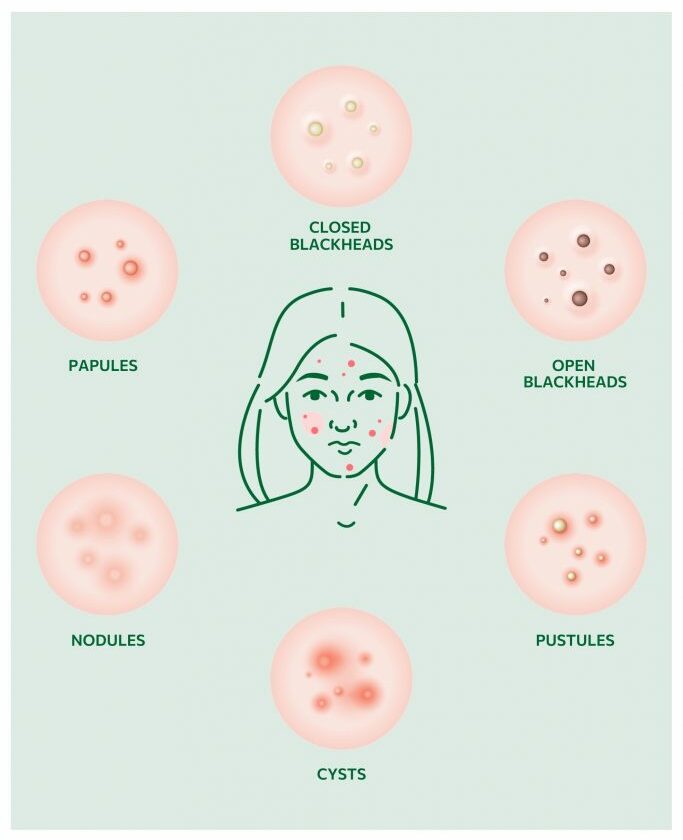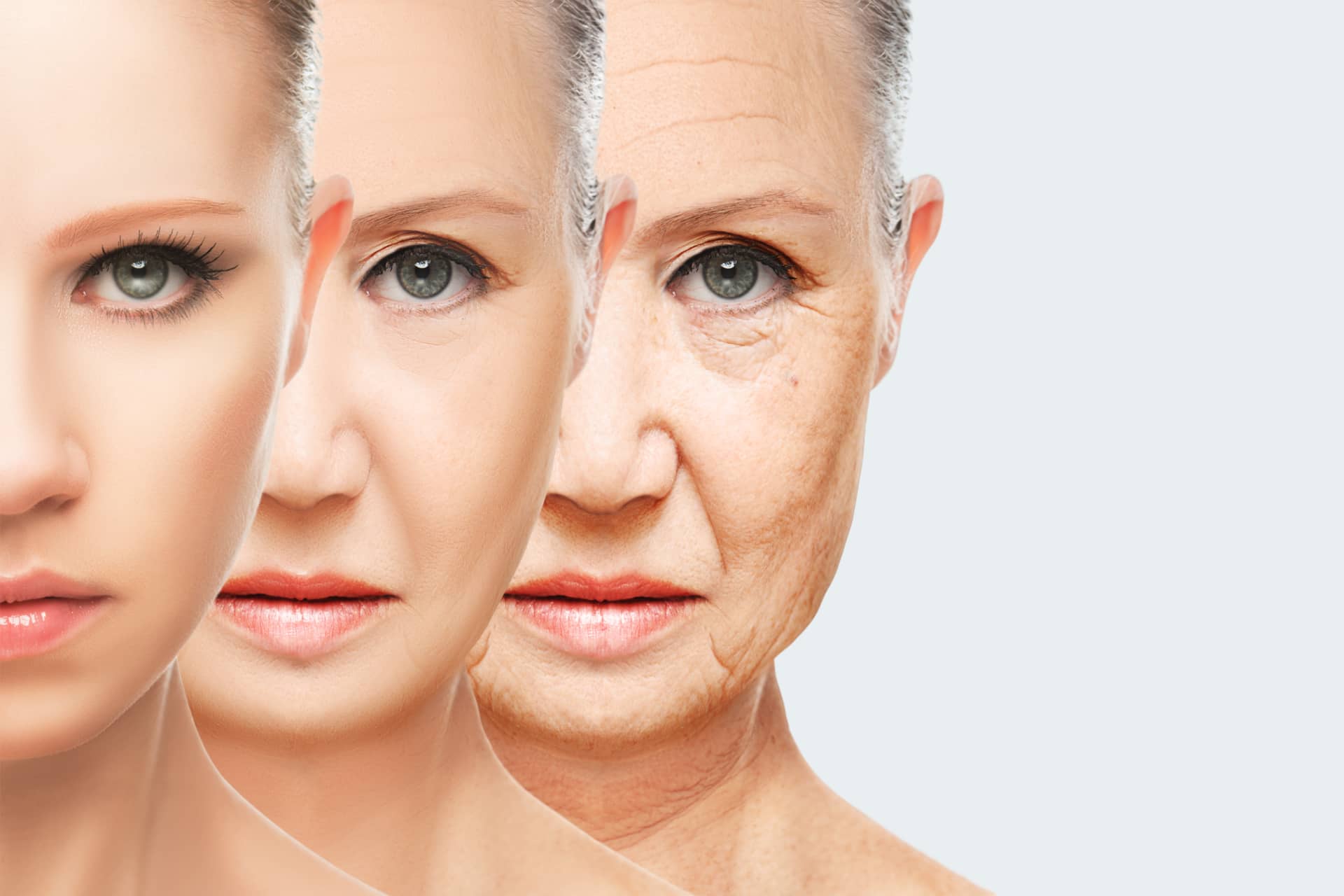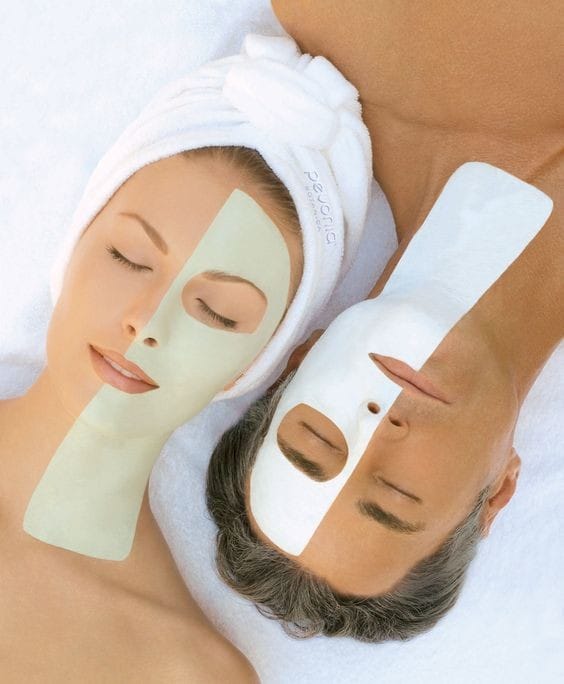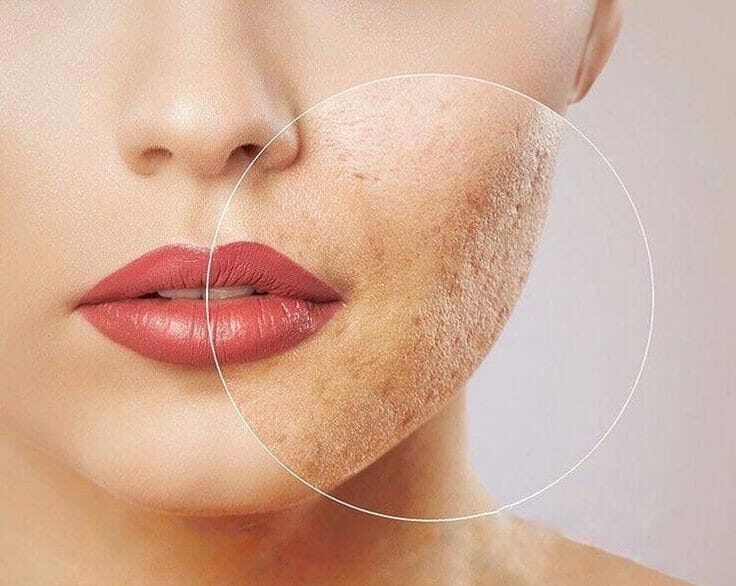Combination skin is recognized as having oily skin in some areas of your face and dry skin in other areas. Typically, the T-zone (forehead, nose, and chin) are more prone to oiliness and the dry areas usually persist around the cheeks, jaw area and along the hairline.
What is best for combination skin type?
For combination skin water based moisturisers works the best , because they add just the perfect amount of hydration on the skin, without making it too greasy. Ingredients like Hyaluronic Acid, Vitamins C, B3 and B5 , Chia Seed Oil etc., are some of the best ingredients for combination skin type.
What should I Avoid If I have Combination Skin?
Skincare shopping for the combination type can be a little tricky. One must seek formulas that cut shine from the face while ensuring long-lasting hydration. For those unaware, this skin type possesses characteristics of both oily and dry skin. So, you may notice excess sebum on your T-zone, forehead and chin while the cheeks stay relatively dry.
What are The Different Ways to Identify Combination?
If you’re unsure whether your skin type is combination, here are some simple ways to identify it:
- Check Your T-Zone: Observe your forehead, nose, and chin. If these areas are consistently oily while your cheeks remain dry, it’s a strong indicator of combination skin.
- Look for Enlarged Pores: Combination skin often features overactive sebaceous glands in the oily areas, leading to visible or enlarged pores. These may clog, causing whiteheads, blackheads, or acne.
- Notice Seasonal Changes: Combination skin often experiences uneven sebum production and dry patches, especially during seasonal transitions. For instance, your T-zone may become oilier in summer while your cheeks stay normal or even dry.
By paying attention to these signs, you can better understand if your skin falls into the combination category.
What are The Best Ingredients for The Combination Skin Type?
Here are the best ingredients for combination skin, each offering specific benefits to balance oily and dry areas:
Salicylic Acid: This oil-soluble ingredient is essential for combination skin. It reduces excess oil, prevents clogged pores, and calms inflammation, making it effective against acne-prone areas.
Hyaluronic Acid: Known for delivering deep and lasting hydration, it helps eliminate dry patches and balances oily areas by regulating sebum production.
Niacinamide: A multitasking ingredient, it controls excess shine, prevents clogged pores, and promotes even, smooth skin. It also maintains hydration by preventing transepidermal water loss (TEWL).
Lactic Acid: A gentle exfoliant that removes dead skin cells and hydrates the skin simultaneously. It’s a great choice for treating blackheads, whiteheads, and uneven skin texture without irritation.
Vitamin C: A potent antioxidant that protects the skin from pollutants, environmental aggressors, and UV damage. Regular use helps maintain a radiant, even complexion and strengthens the skin’s barrier.
Incorporating these ingredients into your routine can help balance and care for combination skin effectively.
What are some mistakes you should Avoid for Combination Skin?
If you have combination skin, here are key mistakes to avoid for maintaining a balanced, healthy complexion:
Using Harsh, Abrasive Cleansers: Cleansers designed to strip oil can damage the skin’s barrier, causing dehydration and leading to irritation or inflammation. Opt for gentle, pH-balanced cleansers instead.
Skipping Moisturization: Moisturizing is essential for all skin types. A good moisturizer helps prevent transepidermal water loss (TEWL), keeping skin hydrated, reducing dark spots, and balancing sebum production in oily areas like the T-zone.
Avoiding Exfoliation: Regular exfoliation is critical for removing dead cells, unclogging pores, and addressing excess oil or dryness. For combination skin, this ensures smoother, more radiant skin by targeting both flaky and oily areas.
Not Choosing Non-Comedogenic Products: Combination skin is prone to clogged pores, especially in the T-zone. Always choose non-comedogenic products to avoid worsening blackheads and acne.
Over-Cleansing: Washing your face too often strips the skin of natural oils, making oily areas greasier and dry patches drier. Stick to cleansing twice a day with a mild cleanser.
Sleeping with Makeup On: Makeup prevents the skin’s natural overnight repair and renewal processes. Always remove makeup before bed to avoid clogged pores, dullness, and irritation.
Using Too Many Products: Overloading your skin with too many formulas can lead to irritation and inconsistent results. Stick to a simple, effective routine with key products that address your skin’s specific needs.
By avoiding these common mistakes, you can maintain a balanced and healthy routine for combination skin. Simplify, hydrate, and protect!








